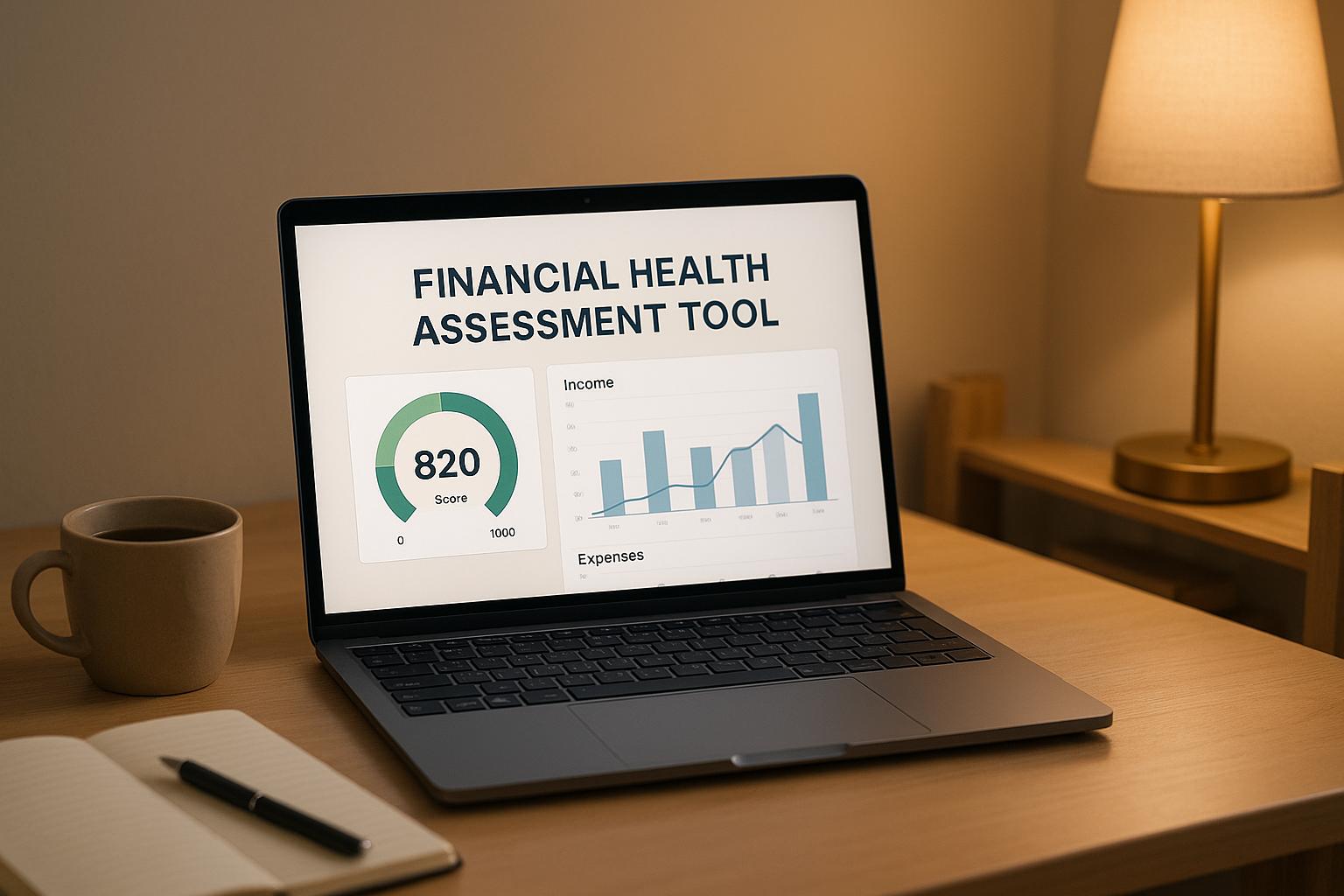Top Drivers of Equity Crowdfunding Success

Equity crowdfunding helps businesses raise funds by selling shares to a wide range of investors through SEC-regulated platforms. To succeed, companies need detailed planning, engaging presentations, and legal compliance. Here’s a quick summary of the key drivers:
- Campaign Planning: Set realistic financial goals, create detailed revenue projections, and plan your timeline.
- Engaging Presentation: Use clear visuals, highlight your business model, and share transparent financial data.
- Legal Compliance: Follow SEC regulations, disclose risks, and maintain open communication with investors.
- Key Metrics: Track funding progress, investor conversion rates, and post-campaign results.
- Social Media & Anchor Investors: Leverage social media to expand reach and secure early backers for credibility.
Success comes from preparation, transparency, and adapting based on data to meet your goals.
Success Factors
Success factors lay the groundwork for a successful campaign by combining detailed planning, an engaging presentation, and strict adherence to legal standards.
Campaign Planning
Effective campaign planning requires careful financial organization and precise timing. A solid financial plan should detail how funds will be used, anticipated returns, and key growth targets. Companies must set realistic valuation goals and funding objectives based on current market trends and their growth potential.
Here are the main elements to focus on:
| Planning Element | Key Considerations |
|---|---|
| Revenue & Cash Flow Forecasts | Develop 3–5-year revenue projections, conduct cash flow analysis, and outline fund allocation. |
| Valuation Model | Consider industry benchmarks, growth rates, market size, and competitive positioning. |
| Campaign Timeline | Plan pre-launch marketing, investor outreach phases, and the overall campaign duration. |
| Risk Assessment | Identify market risks, operational challenges, and regulatory compliance issues. |
Project Presentation
Once the planning phase is complete, the next step is creating a presentation that resonates with investors. A well-delivered presentation can significantly influence investor trust and engagement. It's essential to use visuals and materials that clearly highlight the company's value and competitive advantages. This includes high-quality pitch decks, video content, and detailed financial documents.
A strong presentation emphasizes:
- The business model and revenue streams.
- Market analysis backed by reliable data.
- Growth strategies and future plans.
- The expertise and professionalism of the team.
- Transparent and easy-to-understand financial metrics.
Legal Requirements
After finalizing the planning and presentation, ensuring compliance with legal standards is critical. Regulatory alignment forms the backbone of any equity crowdfunding campaign. Companies must meet SEC regulations and maintain open, transparent communication with potential investors. Key legal steps include:
1. Documentation Requirements
Prepare and verify all necessary documents, such as financial statements, registration forms, and disclosure materials.
2. Investor Protection
Clearly outline investment terms, disclose risks, and define shareholder rights in line with SEC rules.
3. Ongoing Compliance
Provide regular updates about business performance, material changes, and fund usage. This includes quarterly financial reports and annual shareholder meetings.
Phoenix Strategy Group simplifies the process by assisting with documentation and reporting to ensure compliance with SEC regulations.
Key Performance Metrics
Once your campaign is up and running, keeping an eye on key metrics is essential to measure its success. These metrics provide insights into how well your strategy is working and where adjustments might be needed.
Funding Amount
The amount of funding raised is one of the clearest signs of a campaign's success. Tracking this helps you understand the campaign's momentum and make informed decisions. Pay attention to details like:
- How quickly funds are being raised each day
- The average size of individual investments
- Whether funding milestones are being hit early or on schedule
Investor Conversion
Data from Phoenix Strategy Group highlights steady conversion rates during fundraising campaigns. To gauge investor engagement, focus on:
- Visitor-to-investor ratios: What percentage of visitors actually invest
- Time to invest: How long it takes for a visitor to go from their first interaction to completing an investment
- Bounce rates: How many visitors leave without taking any action
These metrics can help pinpoint where potential investors might be dropping off or losing interest.
Results After Campaign
Tracking performance after the campaign wraps up is just as important as monitoring it during the process. It helps you see how the funds raised are impacting your business. Key areas to evaluate include:
- Financial growth: Metrics like revenue increases, improved profit margins, and healthier cash flow
- Operational progress: Achievements such as advancing product development, entering new markets, or expanding your team
- Investor relations: Consistently updating investors and maintaining communication to strengthen their confidence
Regularly reviewing these areas ensures your business stays on track with its post-funding goals and continues to grow effectively.
sbb-itb-e766981
Network Effects
Strong network effects can significantly boost your campaign's reach and overall success. Leveraging social connections and involving key investors early on can help create momentum for your fundraising efforts.
Social Media Impact
A well-planned social media strategy can make a big difference in your funding results.
Here’s how to get the most out of social media:
- Choose the Right Platforms: Use LinkedIn to connect with investors and Twitter to engage with the startup community. Each platform serves a different purpose, so tailor your approach accordingly.
- Create Engaging Content: Regularly share updates about your business, like key milestones, team achievements, or campaign progress. These updates keep potential investors informed and interested.
- Monitor Engagement: Pay close attention to how your audience interacts with your posts. For instance, content showcasing product demos or revenue growth often attracts more attention than generic updates. Use this data to refine your approach.
While social media can expand your reach, having early anchor investors adds credibility and helps drive further momentum.
Anchor Investors
Securing anchor investors is a critical step in building early trust and credibility for your campaign.
Here’s how to work effectively with anchor investors:
- Start Early: Reach out to potential anchor investors well before launching your campaign. Early conversations can set the stage for their involvement.
- Set Clear Thresholds: Define specific investment amounts that anchor investors can contribute to establish credibility.
- Leverage Their Influence: Tap into their networks and expertise to accelerate your campaign’s growth. Many successful campaigns see a surge in funding once strong early backers come on board.
Combining a solid social media strategy with the involvement of anchor investors can create a powerful foundation for your campaign's success.
Success Tactics
Using effective strategies during your equity crowdfunding campaign can greatly improve your chances of reaching your goals. Let’s break down key areas: preparation, keeping investors in the loop, and using data to adjust your approach.
Pre-Launch Steps
Before launching, it’s crucial to lay the groundwork. Here’s what to focus on:
- Build connections with potential investors and secure early interest.
- Prepare detailed financial projections and compelling pitch materials.
- Plan a content calendar to keep your campaign updates organized.
- Set up systems to track key campaign metrics.
Getting these pieces in place ensures you're ready to hit the ground running when your campaign goes live.
Investor Updates
Keeping investors informed builds trust and encourages ongoing support. Regular updates should include:
- Weekly performance metrics and milestones.
- Clear reports on how funds are being used.
- Answers to common investor questions.
- Updates on product progress or market developments.
"Hire PSG if you want to make your life easier and have accurate data." – Michael Mancuso, CIO, New Law Business Model
Consistent communication shows transparency and keeps your backers engaged.
Data Analysis
Using data effectively can take your campaign to the next level. Here's how to stay on top of it:
- Tracking Systems: Monitor daily funding progress, investor conversion rates, marketing efforts, and email engagement.
- Key Metrics: Pay attention to cost per investor acquisition, average investment size, platform page conversion rates, and engagement on updates.
- Performance Reviews: Schedule weekly reviews to analyze your metrics, adjust strategies, and fine-tune your messaging.
Wrapping It Up
Running a successful equity crowdfunding campaign takes careful planning, solid data analysis, and a well-thought-out strategy. To prepare effectively, you'll need detailed financial analysis, clear metrics, and realistic forecasts that align with your growth goals.
Strong campaigns are built on thorough preparation, tracking key performance indicators (KPIs), and maintaining open communication with investors. This approach allows you to adapt quickly based on data, reinforcing the groundwork laid during earlier stages.
As covered in this article, every step - from planning to analyzing post-campaign results - contributes to achieving success. To maximize your efforts, focus on these essentials:
- Build detailed financial models
- Set clear, actionable goals
- Use reliable tracking tools
- Maintain regular engagement with investors
"Hire PSG if you want to make your life easier and have accurate data." – Michael Mancuso, CIO, New Law Business Model
Equity crowdfunding isn't just about hitting your funding goal. It's about laying the groundwork for lasting growth and strong investor relationships through careful planning and data-driven decisions.




